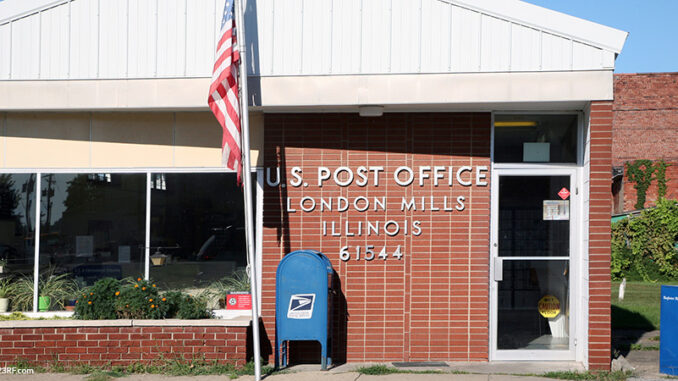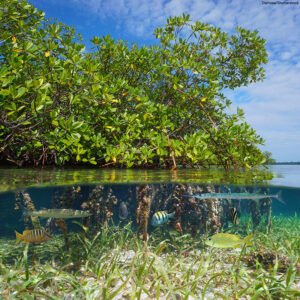
National Parks Service Adds New Underground Railroad Sites
In 1998, Congress passed legislation that created the National Parks Service’s Network to Freedom program. This is a system of 700 historic sites in 39 states and Washington, D.C., that commemorates the freedom seekers and allies who were part of the Underground Railroad. In March 2022, the National Park Service (NPS) added 16 additional sites to this program.
The new sites are in Florida, Iowa, Kentucky, Louisiana, Maryland, Massachusetts, Michigan, New Jersey, New York, Ohio, and Pennsylvania. They include plantations, cemeteries, memorials, safe houses, walking tours, and more. Some of the new sites tell the stories of specific freedom seekers and their experiences.
The Network to Freedom program demonstrates that wherever there was enslavement, there was also resistance. Historians estimate that about 100,000 freedom seekers managed to successfully achieve freedom between 1810 and 1850. One of those people who helped support this effort to achieve freedom was Harriet Tubman. She was a “conductor” on the Underground Railroad who helped an estimated 70 people achieve freedom. To celebrate her importance and to highlight the program, the expansion of the Network to Freedom program was announced on what would have been Harriet Tubman’s two hundredth birthday.
Dig Deeper The National Park Service maintains an interactive map of all its Network to Freedom sites at this website. Use the map to find the site closest to you. Then use Internet resources to learn more about it. Write a paragraph about what you find.
Slower Mail?
Starting May 1, 2022, the United States Postal Service (USPS) is changing its standards for how long it will take to deliver a package. To cut costs, the USPS will be relying more on ground than on air transportation. According to the USPS, right now their trucks are only running at forty percent capacity. These changes will improve efficiency.
The USPS says that the new plan will have minimal impact on customers. The new standards will only affect first-class packages, which are mostly small and lightweight packages. Now, about twenty percent of these packages are delivered within two days, and eighty percent within three days. After three days, the Postal Service considers them to be late. Under the new standards, more than thirty percent of these first-class packages will have four to five days to arrive before being categorized as late. The USPS has already changed the standards for first-class letters. The average time it takes to deliver a letter or package is now 2.7 days.
The Postal Regulatory Commission, which oversees the USPS, argues that the change will not save that much money. The Commission says that the USPS is using data from October 2020 to predict potential outcomes. This data was gathered during the COVID-19 pandemic, a highly unusual time. The Commission also warns that the model has not accounted for the current shortage of truck drivers. These warnings are not stopping the Postal Services changes, however. Time will tell if these changes result in the efficiencies that USPS are calculating.
What Do You Think? The USPS is considering raising the cost of a first-class stamp from 58 cents to 60 cents, to make up for inflation and other rising expenses. How do you think this change could impact the Postal Service going forward?
An Ecological Success Story
Mangrove trees are beautiful, and they are also a critical part of the marine environment. Mangrove trees grow along the water’s edge. Their above-ground root systems create an important habitat for marine wildlife and a safe nursery for young sea creatures. They buffer the coastline from storms, significantly reducing wave height and energy. They also help to prevent erosion and trap and store large amounts of carbon. But these trees are often cut down to make way for coastal development. Mangrove trees are being wiped out four times faster than terrestrial (land-based) forests. Between 1990 and 2020, the amount of mangrove forest that disappeared globally was greater than the size of Puerto Rico.
One mangrove forest, however, has made an astonishing comeback on Union Island in the Caribbean. In 1994, a place called Ashton Lagoon was nearly destroyed when a development company attempted to build a resort and golf course on the area. The construction killed off the mangrove trees, turned the water stagnant, and killed the biodiversity in the area. The company went bankrupt soon after, but the damage was left behind. In 1998, Ashton Lagoon was declared “ecologically dead” by a Canadian research team. Over time, local activists teamed up with scientists and conservationists and created a community-based ecological restoration program. Experts and community members worked together to develop a plan to save the area. They acquired the funding for the project by 2014 and then began their restoration effort. Crews removed garbage and debris from the area to re-establish the tidal flow. Then they planted new mangrove trees. Today, Ashton Lagoon is considered “fully restored.”

